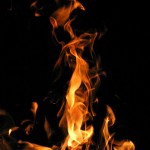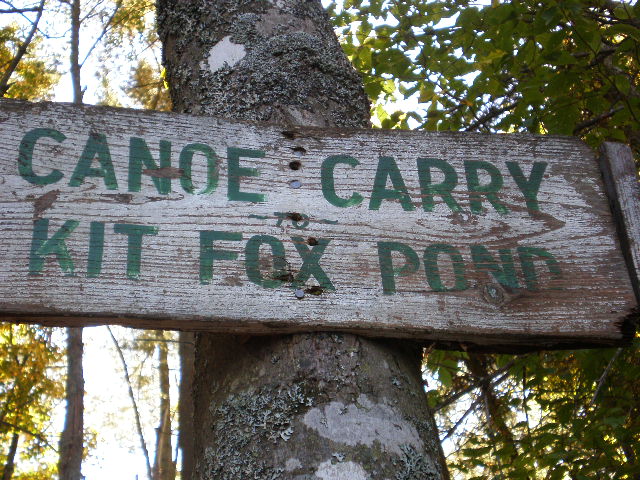 There is nothing better than an evening around a nice warm campfire, and there is nothing more disappointing than a camping trip without a good campfire. But if you’ve never been around a campfire, there are a few things you might want to know before going out and setting the woods ablaze. Even a small fire can spread quickly and soon burn out of control. Here are a few rules to follow that will help prevent your campfire from ruining your camping trip.
There is nothing better than an evening around a nice warm campfire, and there is nothing more disappointing than a camping trip without a good campfire. But if you’ve never been around a campfire, there are a few things you might want to know before going out and setting the woods ablaze. Even a small fire can spread quickly and soon burn out of control. Here are a few rules to follow that will help prevent your campfire from ruining your camping trip.
- Select a safe place to build your fire, a place where its rocky, sandy is perfect, clear away any debris such as leaves and branches.
- Be careful of overhead obstacles that may catch fire.
- Never use highly flammable materials such as gasoline to start your fire.
- Never burn highly flammable items that pollute and burn extremely hot, such as styrofoam, tires and plastic.
- Do not cook food in fires that contain plastic, tires, styrofoam, creosote or other harmful contaminant materials.
- Do not throw explosive materials into the fire. Items like glass and unopened food cans or any pressurized containers can explode.
- Keep extinguishing materials nearby, water is best but sand works well too.
Once you’ve selected a safe location and cleared the spot for your fire you’ll need to gather fuel. For the most part you can use almost any wood that is available to you but wet wood and sap woods are harder to ignite, tend to smoke and throw hot sparks. Thin split wood will smoke less. Thick dry wood will burn hotter. Green wood will burn, but requires a hot fire to start.
- Tinder is used to start the fire. Tinder is small dry materials that will easily ignite and burn quickly. Good sources of tinder are pine needles, dead hemlock branches, dead grass and leaves, paper, napkins, and thin tree bark.
- Kindling will begin the foundation of your campfire by igniting the larger pieces of wood. Good examples of kindling is dead branches, larger pieces of bark that has fallen to the ground (do not strip bark from trees).
- Fuelwood is the main fuel of the campfire. Once you get the fuelwood burning and keep feeding the fuel, the fire could burn continuously. Fuelwood can be larger branches a few inches in diameter to larger logs.
There are many types of campfire techniques but two of the most common techniques are the teepee fire and the log cabin fire.
Teepee Fire
This technique is the one we are most familiar with. Arrange the tinder and kindling in the center of the firepit in the form of a teepee. Layer only a few pieces of fuelwood on the outer layer, and ignite the tinder. Once the fuel wood begins to burn you can then layer more fuelwood on the outer layer. This type of fire is ideal for providing warmth because the layers collapse onto each other and the coals will eventually heap into a hot pile.
Log Cabin Fire
With this technique position the logs in a square shape that resembles a log cabin with each layers becoming narrower on its way up. Ignite the tinder inside the layers. The fire will burn fast with a good flame but will collapse on itself evenly allowing for a nice even layer of coals for cooking.

